Do's and Don't's of creating a winter gardenWith frosty nights killing off fall blooms, it’s time to consider your winter garden. Winter…what? Yes! You can enjoy an amazing garden in winter, as long as you focus on these five elements:
0 Comments
As summer winds down, gardeners start itching to do something other than water, water, water. And, maybe, water. There’s a need to tidy up, move things around, plant something new. But hold on, anxious gardeners. You might just be on the verge of making a big garden mistake. For instance: It could be way too early to…
So just gather some important details before you attack that fall garden to-do list. Your plants will reward you for it next spring and summer. We’re officially in that time of the growing season when perennial shrubs are looking a little…tired. And roses probably look the worst. Time to prune!
But it’s hot, you say. And it’s humid. And I don’t want to make things worse. Fear not! Late-August to mid-September are excellent times to get in a healthy prune. With the right tools and techniques, you can convince those beauties to flush new growth and finish the gardening season strong. Just follow these steps:
Your roses may look a little “stark” after a good pruning. You might think, Oh no…what have I done?? Just know that roses will leaf out within days, looking fresh and happy, and not at all irritated with their late-summer cut. And within weeks, you’ll be rewarded with flowering beauty. It’s that time of the gardening season where our hard work potting up beautiful plants, flowers, vegetables and herbs come to the rapt attention of…critters. Yes. Those naughty, curious, destructive, insistent chipmunks, squirrels, voles, mice, bunnies, raccoons, armadillos—you name it—just cannot leave our pots alone!
What can we do about the destruction, short of posting “No Critters Allowed” signage everywhere these persistent non-readers gather? Here’s what I find works:
As usual, the chemical deterrents work best. But if you’re chemical-adverse, give the DIY options a shot. Hit or miss, your wildlife will appreciate the challenge. If you live in or near the woods, like I do, a constant Battle for the Plants rages between humans and wildlife. And the most notorious contestants? Deer.
Hostas, impatiens, daylilies, lavender, yarrow, catmint, lamb’s ear, hydrangeas, ageratum—even thorned roses—are all delectable treats for nibbling deer lips. And sometimes even your more genius deterrent efforts fail. Your best long-term solution is redirecting their paths with fencing, lighting, lawn sprinklers, and wind chimes. But for short-term solutions, consider these:
By Fall, you may just be tired of the deer battle and resort to deer-resistant plants. But if you really, really, really want those hostas in your shade gardens, a smattering of creative solutions may do the trick! If you’ve ever grown hydrangeas, you know they crave one element more than any others: water. With “hydra” as part of their name, you can probably guess they are not drought-tolerant plants. Plus, their shallow root systems lose moisture quickly. On average, hydrangeas need water at least every other day, and deep watering once/week.
BUT…some varieties can do better in the hot, rainless, dog days of summer than others. Try these Zone 3-8 options:
So if you’re in the market for hydrangeas—but worry about watering needs—choose panicle varieties like these. Then relax on your porch, deck or garden bench and enjoy the show! Wasn’t spring grand? All those cool, breezy months of budding trees, unfolding tulips, raindrops on roses, whiskers on kittens. Ahhh… And then BAM! Almost overnight, we blasted into the dog days of summer—those cloudless, parched, blazing hot, brutal days that suck the energy out of both humans and vegetation. The dog days are when your outdoor containers really need the workhorses of plants. The persistent sun and heat can dry out soil in even the best-made pots, so filling them with drought-tolerant flora will save you from twice-daily watering and summer-plant fatigue. Give these a try in your thrill, fill, spill combinations:
Ground covers often get a bad name, because next to them you’ll inevitably find the word “invasive.” But that may be exactly why you need them! When a creeping plant “invades” a space, it chokes out weeds and can even suppress erosion on hilly landscapes. They spread by either underground runners from the main plant or by developing roots along their stems.
Consider these hardy beauties:
My best pruning shears were not special order. They weren’t pricey, and a cool leather sheath was not included. I had to polish and inspect the blade for the brand just now, because I’m pretty sure I bought them from a big-box store. Turns out, they’re Melnor hand pruners and make the rounds with me in every garden outing. Why? Because they’re so comfortable to use, they feel like an extension of my hand. And that’s how I would kick off my list of…How to Select Pruners for your Garden Tool Collection
Ah, March—that temperamental month that strikes joy and fear at wild intervals in every gardener’s heart. The sun comes out, temperatures soar into the 50s, garden centers restock, tulips push through the dirt, birds chirp happily. And then, at the zenith of your false-Spring delight, the local forecaster utters two nasty words: hard freeze. Almost immediately, gardeners in every region all over the world have very, very strong opinions about whether you should protect your tender plants. In fact, they might even argue your plants aren’t actually tender. “Look at the daffodils going strong!” they crow. “My hyacinths survived four inches of snow last year!” they remind us. “Tulips are tough! These were my grandmother’s!” Well, except…these are YOUR tulips. YOU pored over the bulb catalogs last fall and delighted in some exotic selections. YOU fought off the naughty voles and gophers and chipmunks by nestling your beauties into wire planting baskets. YOU sprinkled repellent into the holes and onto the ground to deter digging. YOU amended the soil. YOU paid more for organic products. YOU fertilized with Bulb-Tone. Maybe you planted in pots this year and focused on watering just enough, but not too much. And after all that, you crossed your garden-stained fingers. So guess whose opinion about frost protection matters? YOURS. It’s your bulb, your garden, and your decision. Don’t let the naysayers on either side of this hot, hot issue get to you. If you decide to throw caution to the nor’easter wind, good for you! If you like to hover like a hummingbird, go for it! And if--if—you dare to protect your beauties from moody Mother Nature, here are some tips:
With this kind of weather prep, you should practically guarantee a showy spring. Now, go remind Mother Nature who’s really the boss of your garden. |
Christine SchaubA Michigan farm girl transplanted to the South offering hospitality hacks. Categories
All
Archives
July 2024
Categories
All
|
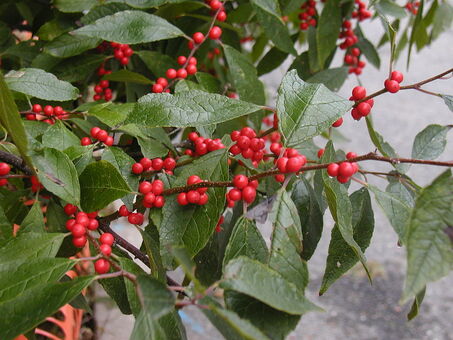
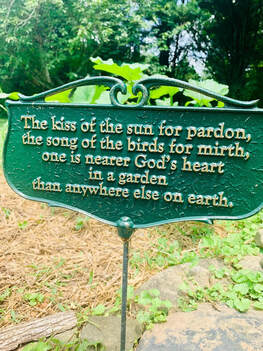

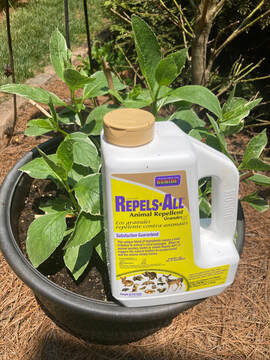
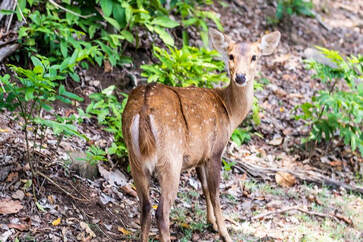

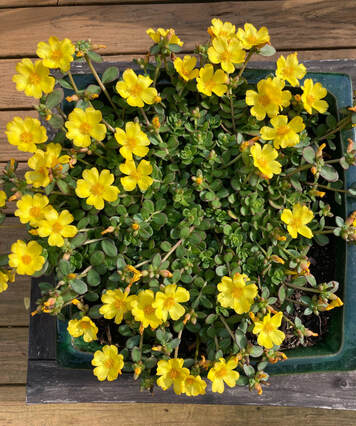
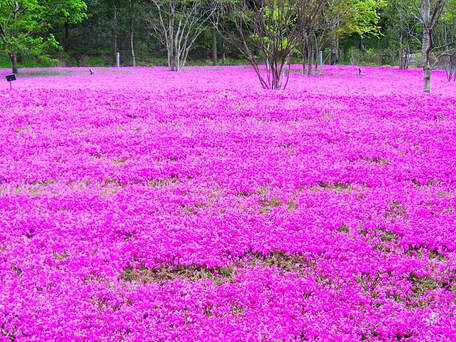


 RSS Feed
RSS Feed
